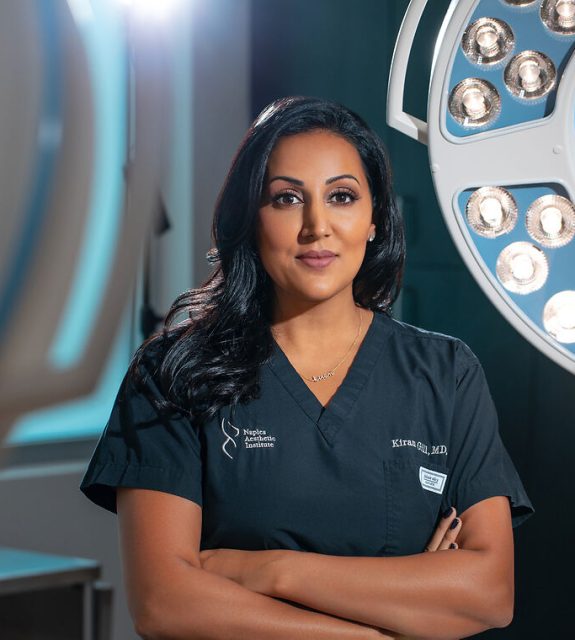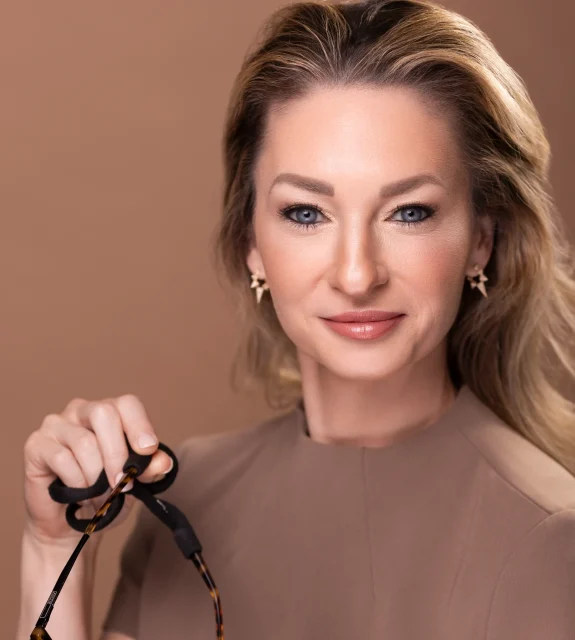Dr. Jhonny Salomon graduated Magna Cum Laude with a Bachelor of Arts in Medical Science, along with a Doctorate from the School of Medicine from Boston University. He is the author of numerous articles in prestigious Scientific Journals and has presented his research in many Plastic Surgery Forums. Dr. Salomon provides an excellent spectrum of services that begin with a highly experienced, detail-oriented staff specializing in serving patients from South Florida, New York, and abroad for over a decade. As an experienced Board Certified Plastic Surgeon, Dr. Salomon has implemented certain processes to minimize patients' risks and recoveries while offering the best possible care. Dr. Salomon is the author of many articles in prestigious Scientific Journals and has presented his research in many Plastic Surgery Forums.
 Photo Credit: Shutterstock
Photo Credit: Shutterstock
Can you kill two birds with one stone? Yes. But, can you combine multiple plastic surgeries at once? The answer is also yes. It is not uncommon to have more than one plastic surgery at once. In fact, Haute Beauty sat down with Haute Beauty expert Dr. Jhonny Salomon to discuss frequent combinations of surgeries that Dr. Salomon performs on his patients. Here’s what he had to say:
Haute Beauty: What is the most common mix of surgeries performed?
Dr. Jhonny Salomon: When I do a facial rejuvenation, for example, I like to combine all of the areas of concern for that patient at once. So, very often I’ll do a face and neck lift and then I’ll add fat grafting. The fat grafting with the face and neck (I almost include this all the time) because the face and neck lift will correct the laxity of the tissue and then the fat grafting will correct the volume loss. There is always a combination of these two in the aging process, so I like to combine those.
If there is a lot of skin damage, then I’ll do CO2 resurfacing at the same time to correct the skin. So, you correct the laxity with the face and neck lift, the volume loss with the fat, and then you correct sun damage with laser surgery. That combination is a great one that addresses all the issues with the aging process.
Oftentimes, if there is a lot of aging around the eyes, I’ll do eyelid surgery at the same time. Also, if they have aging in the forehead where the brow has come down, I’ll do a forehead rejuvenation at the same time. That is a very common combination to do all at once which I perform frequently.
Sometimes the chin is recessed in a patient and I’ll do a chin augmentation with fat grafting at the same time, which doesn’t add a lot to the surgery. It is nice to have the overall picture where you can work with it all at one time, because I think the final result is much better. Another combination I like to do with rhinoplasties is to combine it with some chin procedure. I will augment the chin if it is too behind, which can completely change a profile. That’s about it for the face.
HB: How many procedures have you performed at once?
JS: It is hard to say. For example, a procedure where you do the forehead, the face, the neck, fat grafting and CO2 some people would consider it one surgery, a full facial rejuvenation. So, it is hard to say in terms of numbers. In general, I don’t like to do more than two full procedures at the same time.
The nose and chin I would do at once but maybe not the forehead at the same time, something like that. Sometimes you also have to see what is too much change for a person. You have to look at the psychology of a patient. If their mind is too rigid – can they handle all that change at once, psychologically? A lot of judgment goes into making those decisions.
HB: Are there more risks to performing these procedures all at once than separately?
JS: No! You have to give the proper amount of time for these procedures to be done in peace and obviously not the last procedure of the day when you’re tired, but it should be done safely. The big decision is before going into surgery, deciding for the one particular patient what is enough and what is too much. Once that decision is made, the rest is fairly simple.
 Photo Credit: Shutterstock
Photo Credit: Shutterstock
HB: Is the downtime following the procedures more extensive?
JS: If I do face, neck, and fat it would take a week to get back to work for sure. If I add the forehead and eyes to it, I don’t think it would make the recovery much longer. It’s about a week for facial rejuvenation regardless of the details of the components being done at that time.
HB: How often do you suggest mixing surgeries to patients?
JS: Most of it is judgment-based. In general, I don’t like to suggest additional surgeries to people when they come in with a particular concern unless it is so evident that I don’t think I could deliver a great result without touching something else. When a patient comes in for their nose, I’ll discuss their nose in detail and if their chin is a little bit recessed, I won’t mention anything about their chin because they look at themselves and know if it bothers them or not. If the chin is so recessed that the nose alone would make them look great unless they do the chin, then I’ll suggest it.
HB: Anything else you’d like to mention?
JS: A lot of it has to do with your experience as a surgeon. Definitely, if you are an inexperienced surgeon, I think it takes you a long time to do a facelift properly and when you combine it with a lot of other things, you need to know how long each step of the surgery is going to take for that particular face so that you have the proper timing. This comes with experience and expertise.
Judgment is key. You have to know what combination would look great, what combination would be enough to make them extremely happy, what is too little and what is too much. A lot of it is judgment. Judgment for that particular patient, for their age, for their medical conditions, and their psychology and how much change their mind will allow for them to have and to be happy. A lot of that comes with many, many years of experience.
For more information, visit Dr. Jhonny Salomon's social media:






















